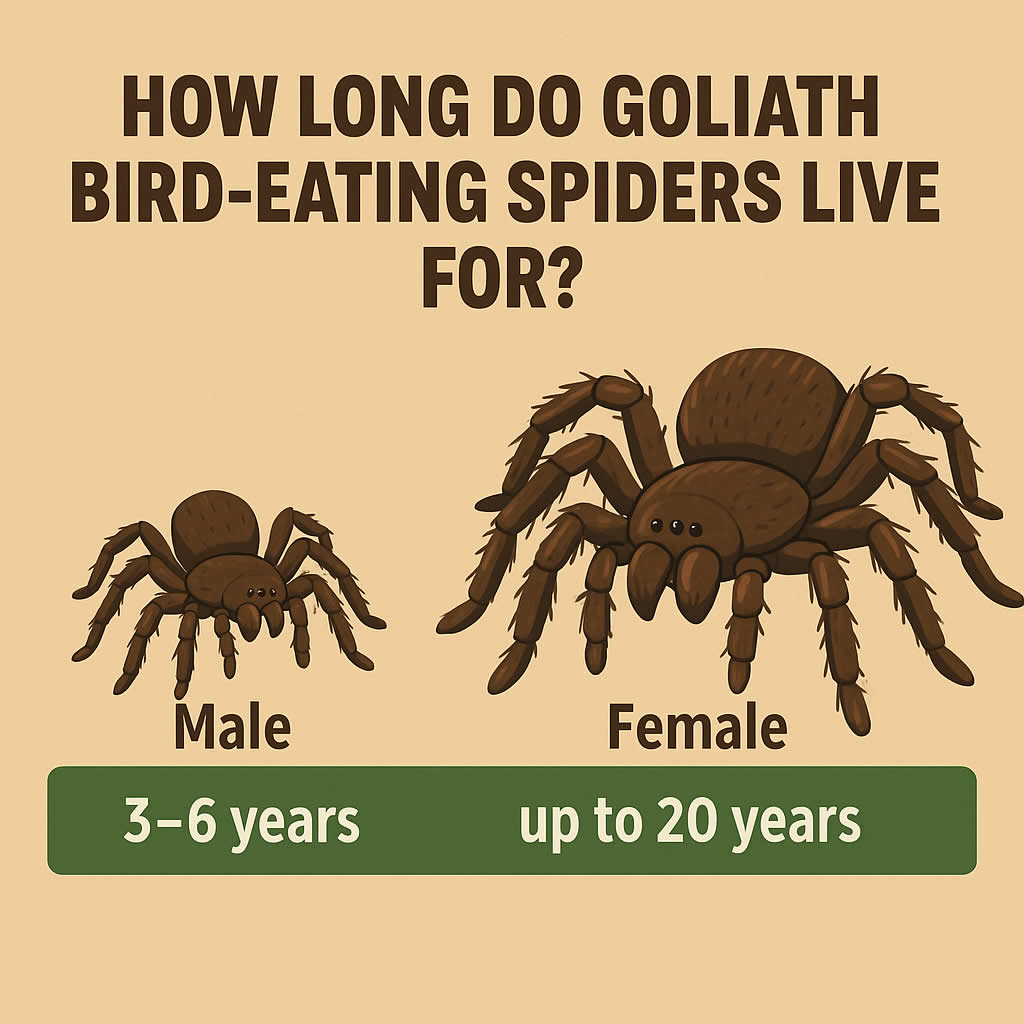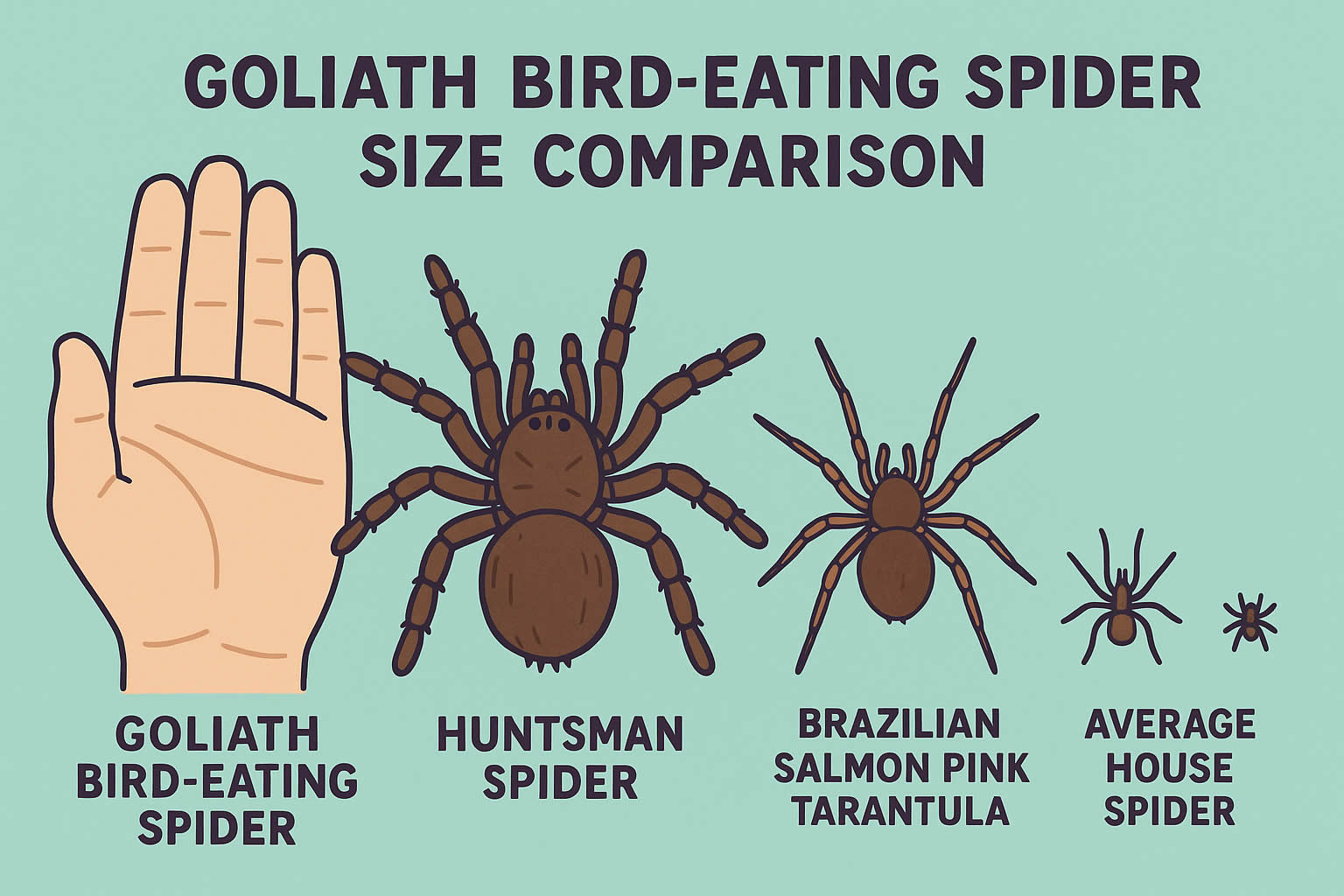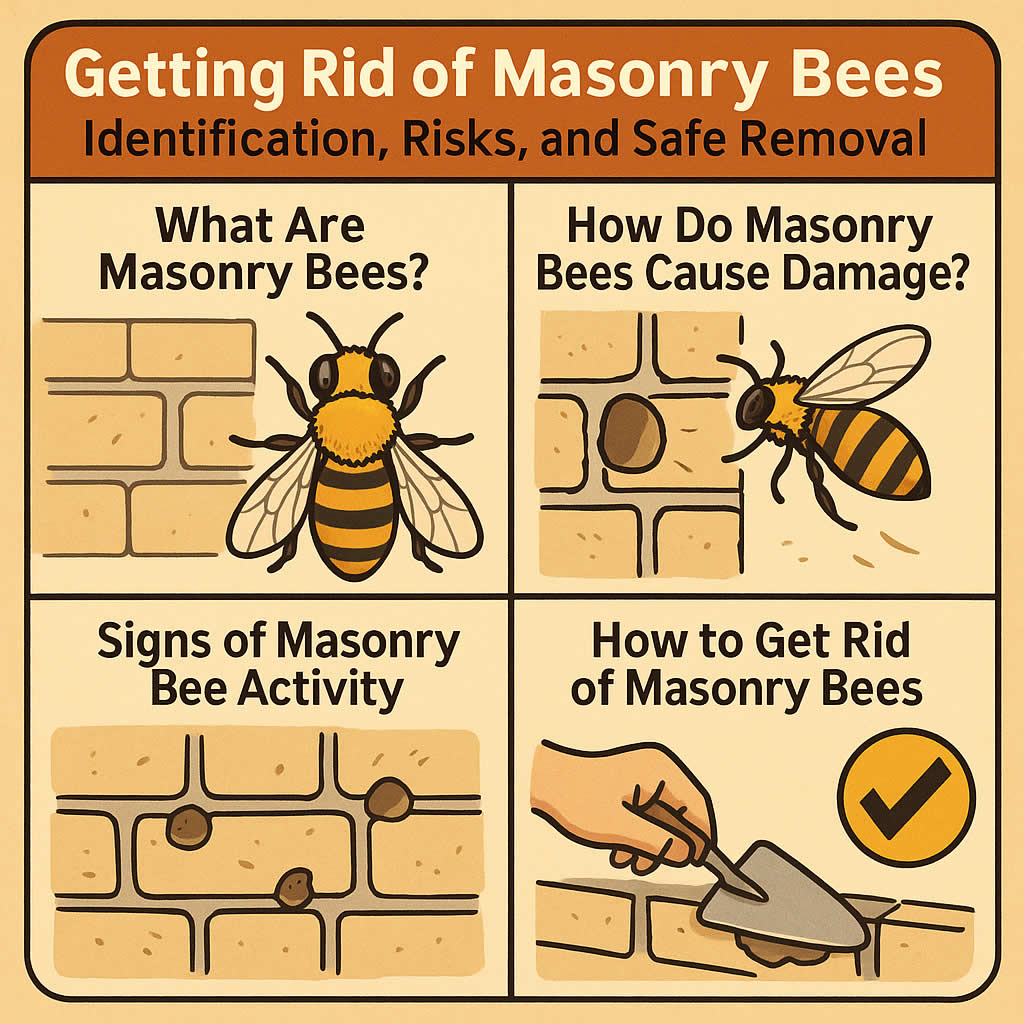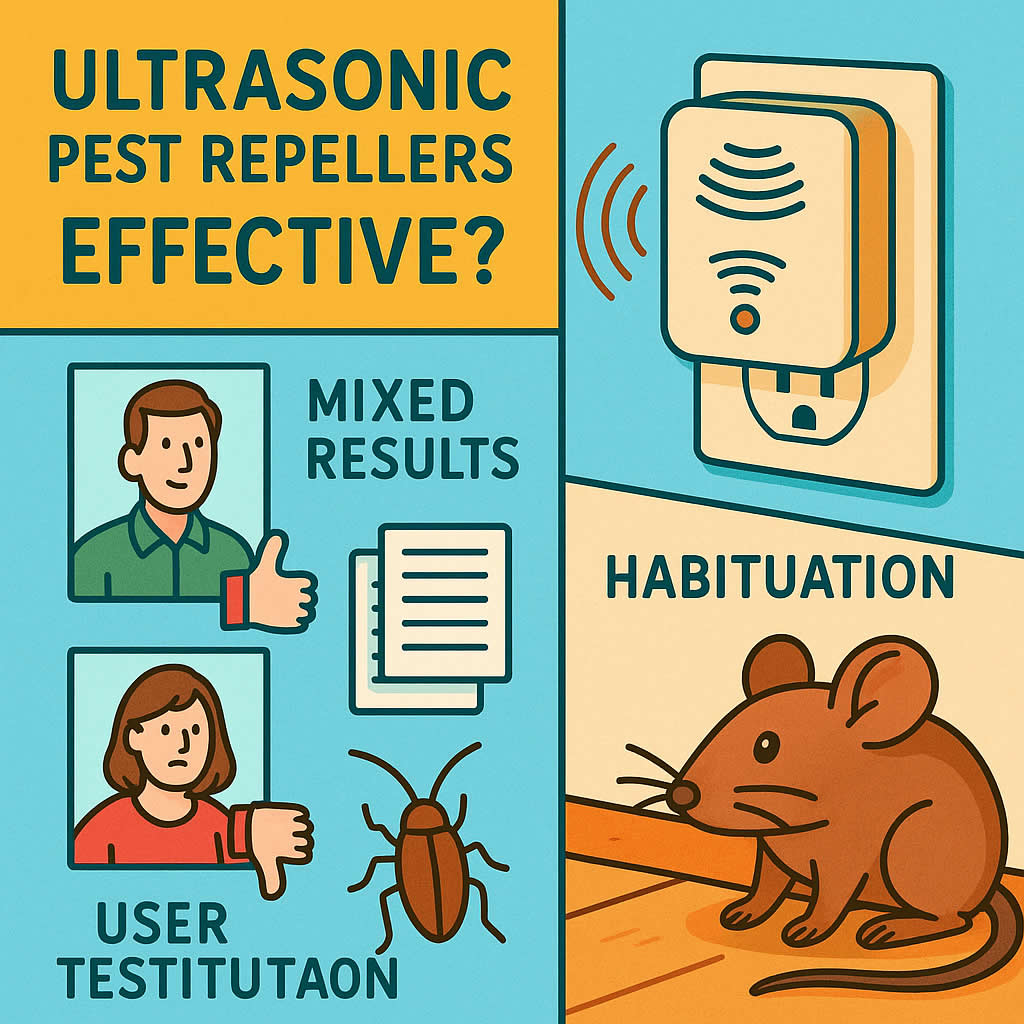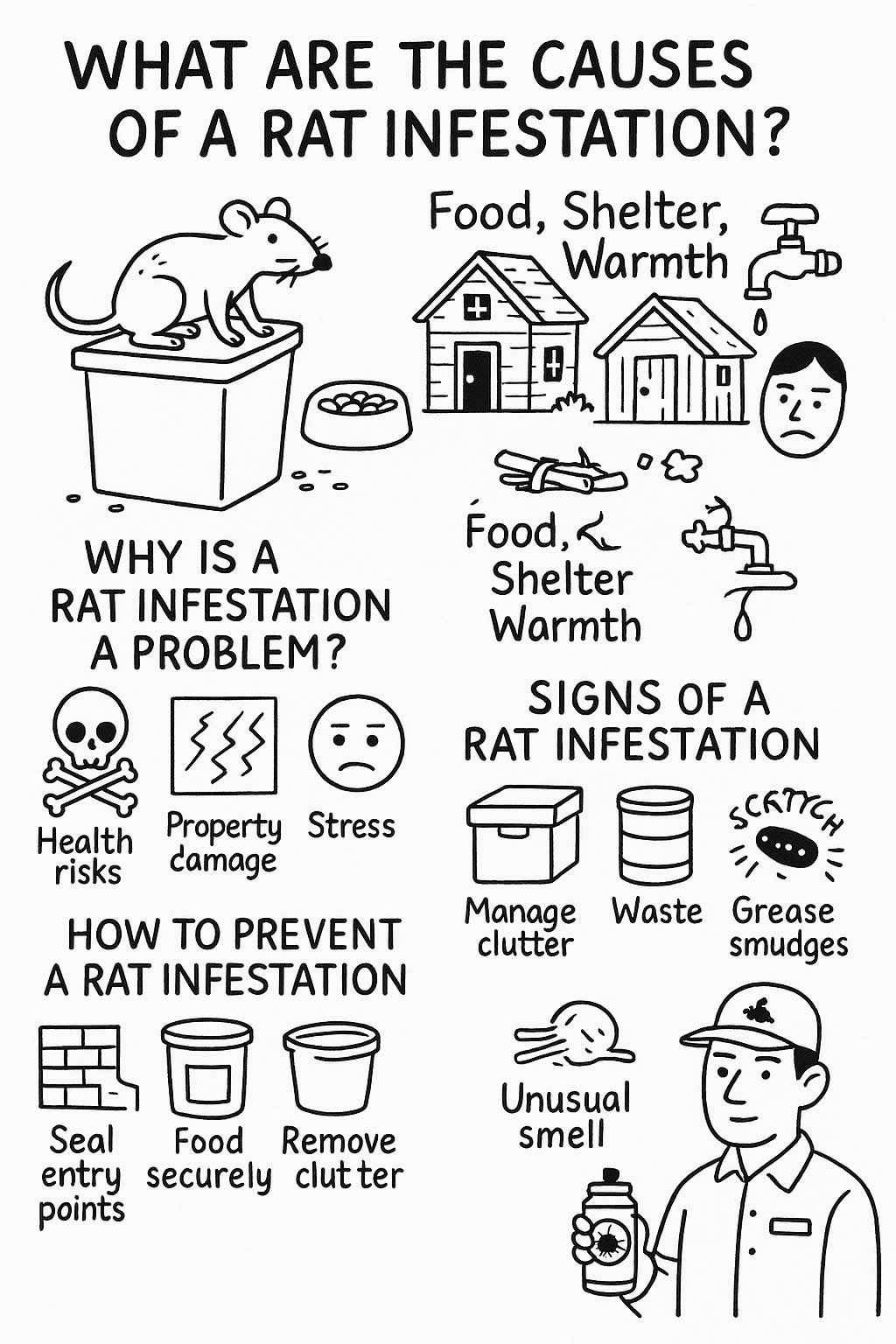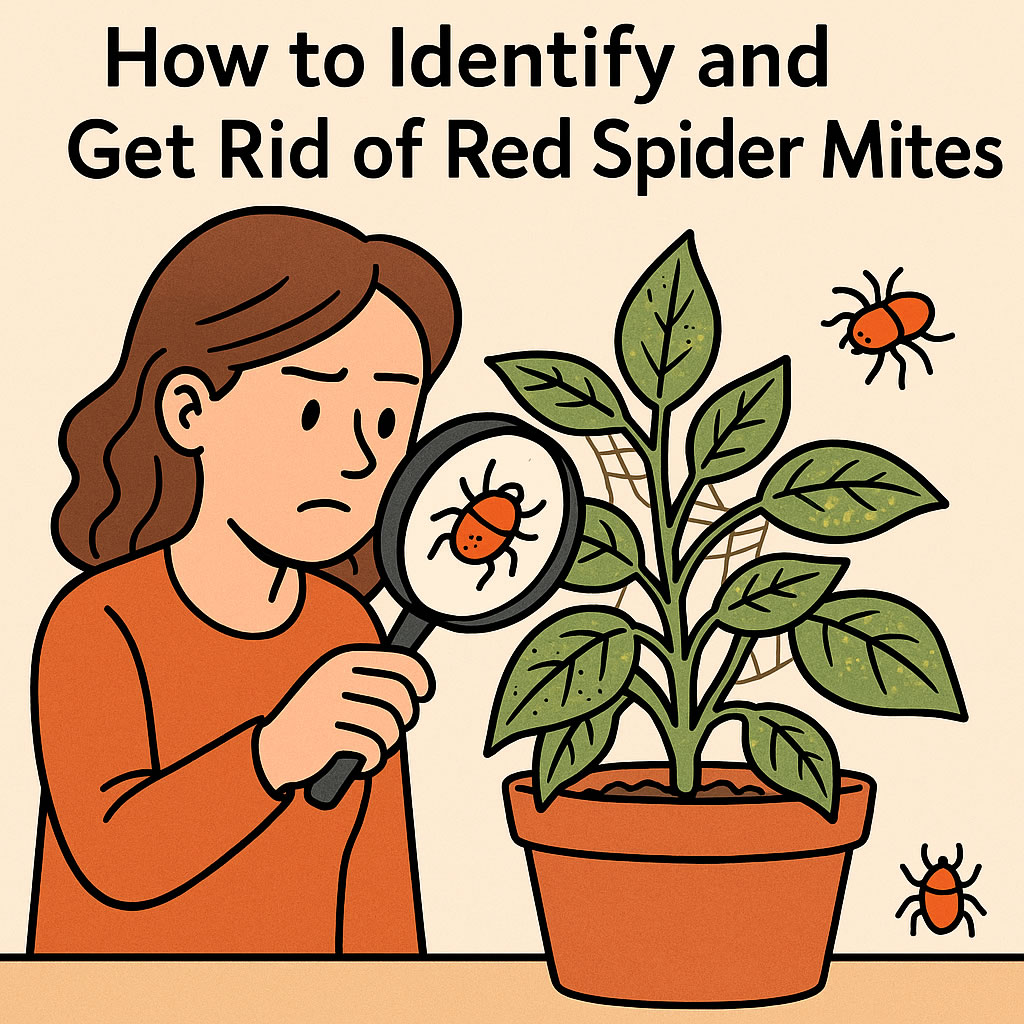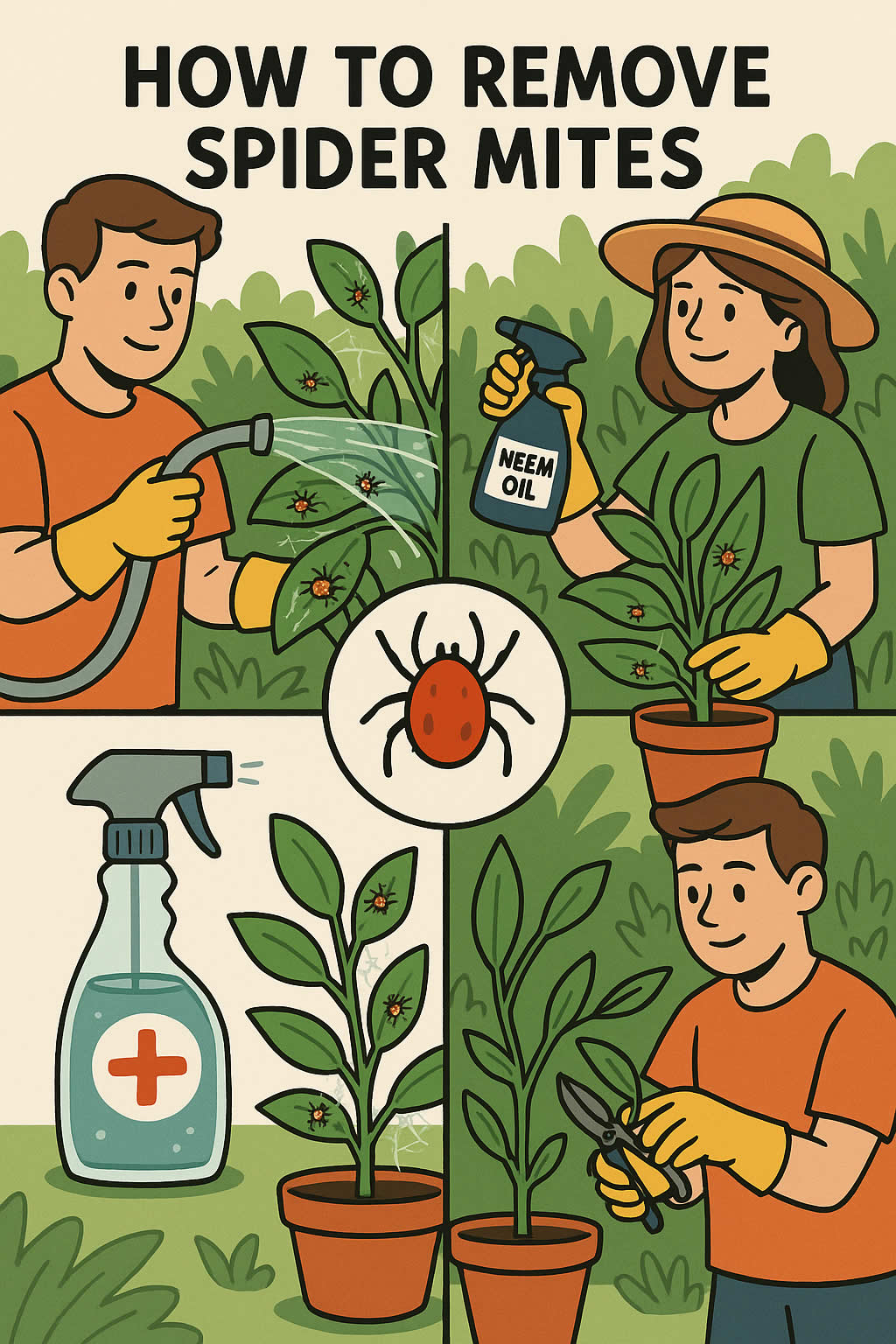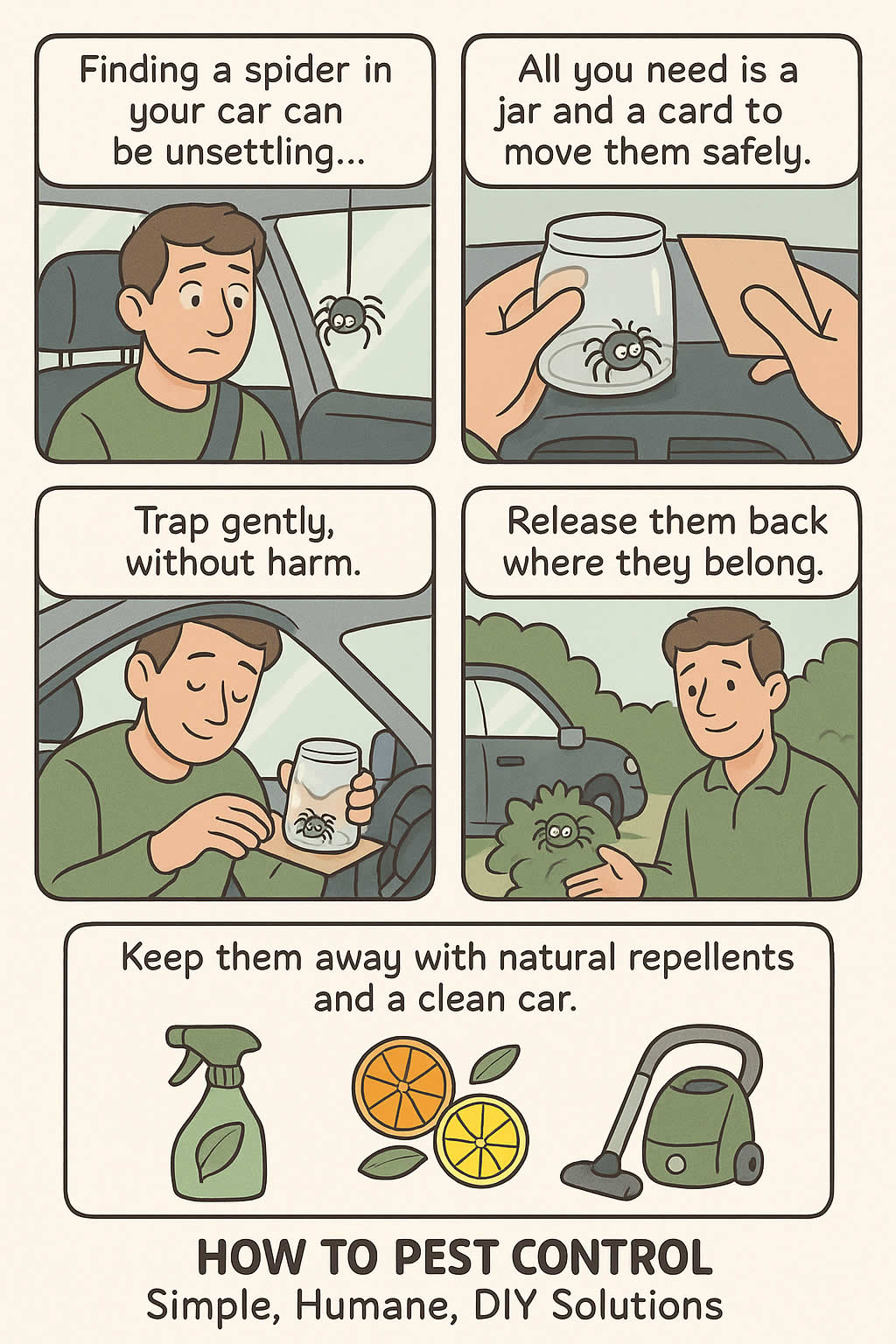Related Queries
ToggleIf you’ve ever discovered bed bugs in your home, you’ll know the sinking feeling that comes with it. These small, resilient pests are hard to spot at first and even harder to get rid of once they’ve made themselves comfortable. For many people, the first thought is to grab the quickest solution possible – and that’s often a bed bug bomb. But while these fogging devices sound like a powerful fix, using them correctly takes more than just placing one in a room and walking away.
The question of how many you should use in a single room is more important than it sounds. Too few and you risk missing large parts of the infestation. Too many and you can create unnecessary hazards for people, pets, and even your belongings. The aim isn’t just to hit the bugs with chemicals – it’s to do it in a way that’s targeted, safe, and part of a complete control plan.
What exactly are bed bug bombs and why do people use them?
Bed bug bombs, sometimes called foggers, release a mist of insecticide into the air that settles on surfaces in the room. The idea is that the chemicals land on any exposed bed bugs and kill them on contact. They appeal to people because they’re easy to buy, relatively cheap, and seem straightforward to use.
They’re often considered when bed bugs are spotted in bedrooms, living rooms, or other areas where people rest. It can feel like a quick fix, especially if you’re not ready to pay for professional pest control. But while they can help in certain situations, they aren’t a one-step solution – and understanding how they work will make it clear why.
How do bed bug bombs work and what are their limits?
The main thing to know about bed bug bombs is that they only work on bugs that are out in the open. They don’t penetrate deep into cracks, behind skirting boards, inside furniture joints, or under carpets. Bed bugs are experts at hiding, and many of them will stay tucked away during a fogging treatment, avoiding direct contact with the insecticide.
Another limitation is resistance. Some bed bug populations have built up resistance to certain chemicals used in over-the-counter bombs. This means that even if the mist reaches them, it might not be enough to kill them.
They also don’t kill eggs. If you only kill the visible adults but leave eggs untouched, you’ll soon see the problem return. This is why bed bug bombs are often best used as part of a bigger treatment plan, rather than on their own.
How do you know how many bombs to use in a room?
This is where it’s easy to go wrong. Bed bug bombs are designed for specific room sizes, and the instructions on the packaging will usually tell you the maximum square footage or cubic metre coverage for one unit. Using less than the recommended amount means parts of the room won’t get proper coverage. Using more than you need can cause dangerous levels of chemical residue and fumes.
The size of your room matters more than the number of bugs. For example, a standard bomb might be designed for a room up to 16 square metres (about the size of a small double bedroom). If your room is larger, you’ll need to either use a bomb rated for a bigger area or use multiple bombs spaced appropriately.
Don’t guess – measure your room and check the manufacturer’s instructions before you start.
How to use bed bug bombs safely and effectively
Start by clearing the room. Remove pets, plants, and any food items. Cover or remove fish tanks and ensure all electrical items that could be affected by moisture are unplugged or covered.
Vacuum thoroughly before treatment, focusing on baseboards, bed frames, and furniture joints. This removes dust and debris that could block the insecticide from settling on surfaces.
Place the bomb in the centre of the room on a raised, covered surface (like a table with newspaper) to allow the mist to spread evenly. Activate it according to the instructions and leave the room immediately, making sure doors are closed to keep the fumes contained.
Stay out for the recommended time – usually at least two hours. When you return, ventilate the room well before re-entering fully.
Important safety warnings
Bed bug bombs contain insecticides that can be harmful if inhaled, ingested, or absorbed through the skin. Always follow the instructions on the packaging and wear gloves when handling them. Avoid overuse – more chemical does not mean better results, and it can put your health at risk.
Keep bombs out of reach of children and pets before and during use. Never remain in the treated room while the bomb is releasing its contents.
If you have respiratory conditions or chemical sensitivities, consider alternative treatment methods or leave the property during the process and return only after full ventilation.
When bed bug bombs might not be the best choice
If your infestation is widespread or deeply embedded, bed bug bombs alone probably won’t solve the problem. They work best for treating exposed bugs in small, contained spaces.
In cases where bugs are spread across multiple rooms, hiding deep inside furniture, or showing signs of chemical resistance, other treatments like heat treatment, steam cleaning, or professional-grade insecticides are more effective.
Also, if you live in a multi-unit building like a block of flats, fogging one room might just drive the bugs into neighbouring units rather than killing them.
Common mistakes to avoid when using bed bug bombs
One of the biggest mistakes is failing to prepare the room properly. If furniture, bedding, or clutter blocks the mist, it won’t reach all the areas it needs to.
Another mistake is thinking one bomb will solve the problem instantly. Without follow-up treatments and prevention, any surviving bugs or newly hatched nymphs will bring the infestation back.
People also sometimes forget that bombs only work on contact – they don’t create a long-lasting barrier. Bugs can return from untreated areas after the fumes settle.
Follow-up and prevention tips
After using bed bug bombs, carry out a second inspection within a week or two. Look for live bugs, eggs, or fresh signs like faecal spots and shed skins. If you spot anything, you’ll need another treatment or an alternative method.
Wash bedding, curtains, and clothes from the affected room on the hottest safe setting. Use a tumble dryer if possible, as high heat is one of the most effective ways to kill all life stages of bed bugs.
Consider using mattress and pillow encasements to trap any remaining bugs and stop them from feeding. Seal cracks and gaps where bugs might hide or travel between rooms.
Avoid bringing second-hand furniture into your home without inspecting it thoroughly, and be cautious when travelling – check hotel beds and keep luggage off the floor.
Conclusion: a targeted approach works best
The number of bed bug bombs you should use in a room depends on the room’s size and the bomb’s coverage rating, not just how bad the infestation looks. Using the right amount is essential for safety and effectiveness, but even then, bombs should be part of a wider strategy, not the only tool you use.
By measuring your room, following the manufacturer’s instructions, preparing the space properly, and combining bombs with other control methods, you give yourself the best chance of stopping the infestation.
Bed bugs are stubborn, but quick action, the right tools, and a consistent follow-up plan can make the difference between a temporary reduction and a complete removal. The sooner you act, the sooner you can reclaim your space – and your peace of mind.
Pest Control Aspley Guise – Pest Control Aspley Heath – Pest Control Upper Shelton


